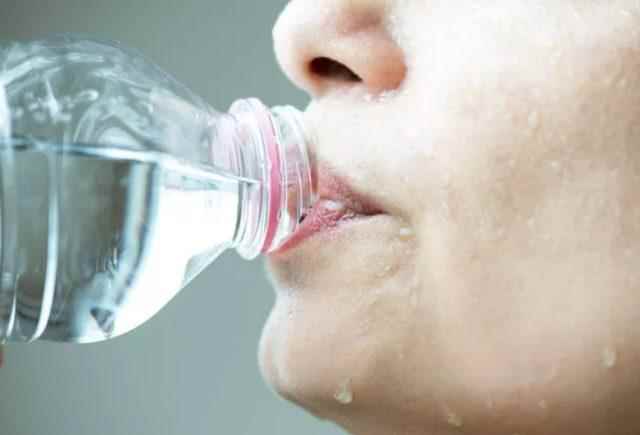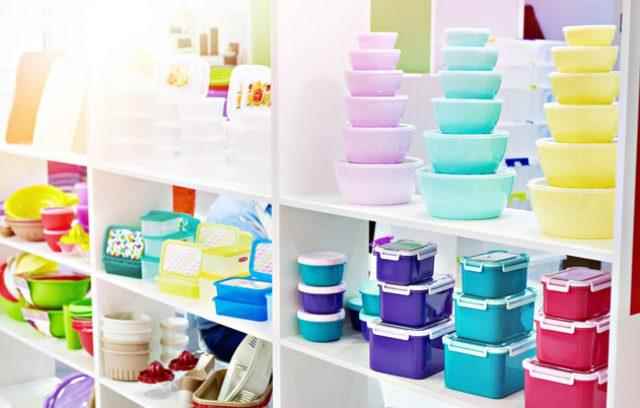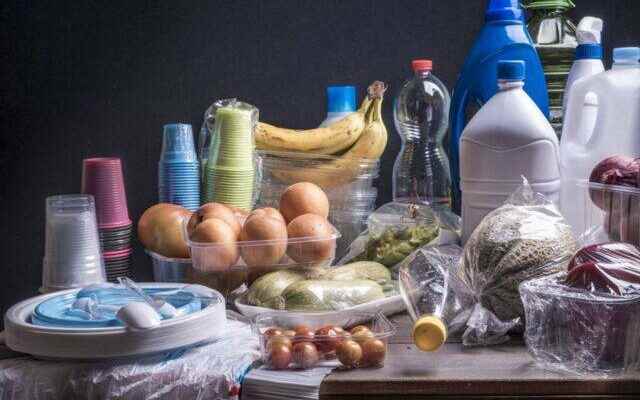It is stated at every opportunity that plastics should be avoided in order to protect our health and nature. Many people around the world are looking for alternative solutions to avoid the harm of plastics. Studies have found that the chemicals used to soften plastics are very dangerous for health. These chemicals pose a great risk.
WHAT ARE PHTHALATES?
Compounds used primarily as plasticizers in industry, increasing the flexibility and life of plastic. They do not form strong chemical bonds, so they can be released from various products for a long time. They can easily leach into food, water and other products applied directly to the human body. Food and drink contaminated with phthalates enter our bodies by touching, inhaling or consuming. They can pass into food from packaging or plastic tools used during processing.
DAMAGES OF CHEMICAL PLASTICS

A study from 2021 looks at how phthalates enter our bodies and what effect it has on:
- They affect metabolic processes.
- They can cause obesity.
- They can disrupt the hormonal system.
- They can affect sexual development.
- They can increase the risk of infertility.
They can reduce sperm count.
- They can increase the chance of developing endometriosis.
- Even in fetal life, they can damage the development of the nervous system.
- They can increase the chance of developing hyperactivity, autism, and attention deficit disorder.
WHERE ARE THEY LOCATED?

- Furniture and other household items made of flexible plastic (PVC) or rubber (eg: PVC floors, floor mats, paneling, wallpaper),
- Flexible coatings of technical and electronic goods (cables, plastic handles of tools, phone cases)
- In plastic food packaging,
- In mineral water and soda bottles, (PET bottle)
- In clothing products made of plastic,
- In other consumer goods (e.g. plastics, adhesives, paints, air purifiers, Candles, screen protector PET films),
- In soft gelatin coated food supplement tablets,
- In cosmetics (nail polish, hair gel, hair spray),
- They can also be found in settled dust and indoor air.
TO AVOID PHthalates
If possible, use products and objects made from natural materials, glass, ceramic or metal containers instead of plastic, and wooden children’s toys. If possible, do not heat food or liquid in a plastic container because the heat helps dissolve the phthalates. Since this substance is also transferred to food through plastic packaging, if possible, choose fresh or plastic-free materials. House dust may also contain these compounds, but their amount can be reduced by regular cleaning and dusting with a damp cloth. Frequent and thorough hand washing, especially before meals, also helps to reduce the amount of contamination in our body.
PAY ATTENTION TO LABELS

Check the labels of plastics and use products labeled as safe plastics, fragrance-free products, or PVC or phthalate-free. There is a small triangle mark with a number on the packaging. This number indicates what the plastic we hold in our hands is made of. The ones marked 2, 4, 5 are safe for us, the ones we should avoid are 3 or if the packaging says PVC. Most beverage bottles are marked with 1. Once used, it is not good to recharge or expose to heat. If they are used, they belong to the selective waste collector.
